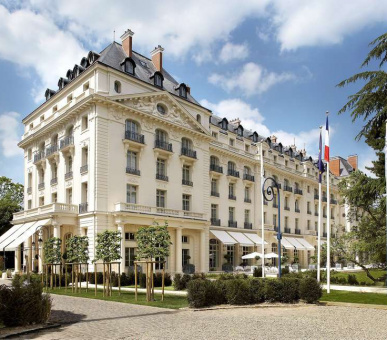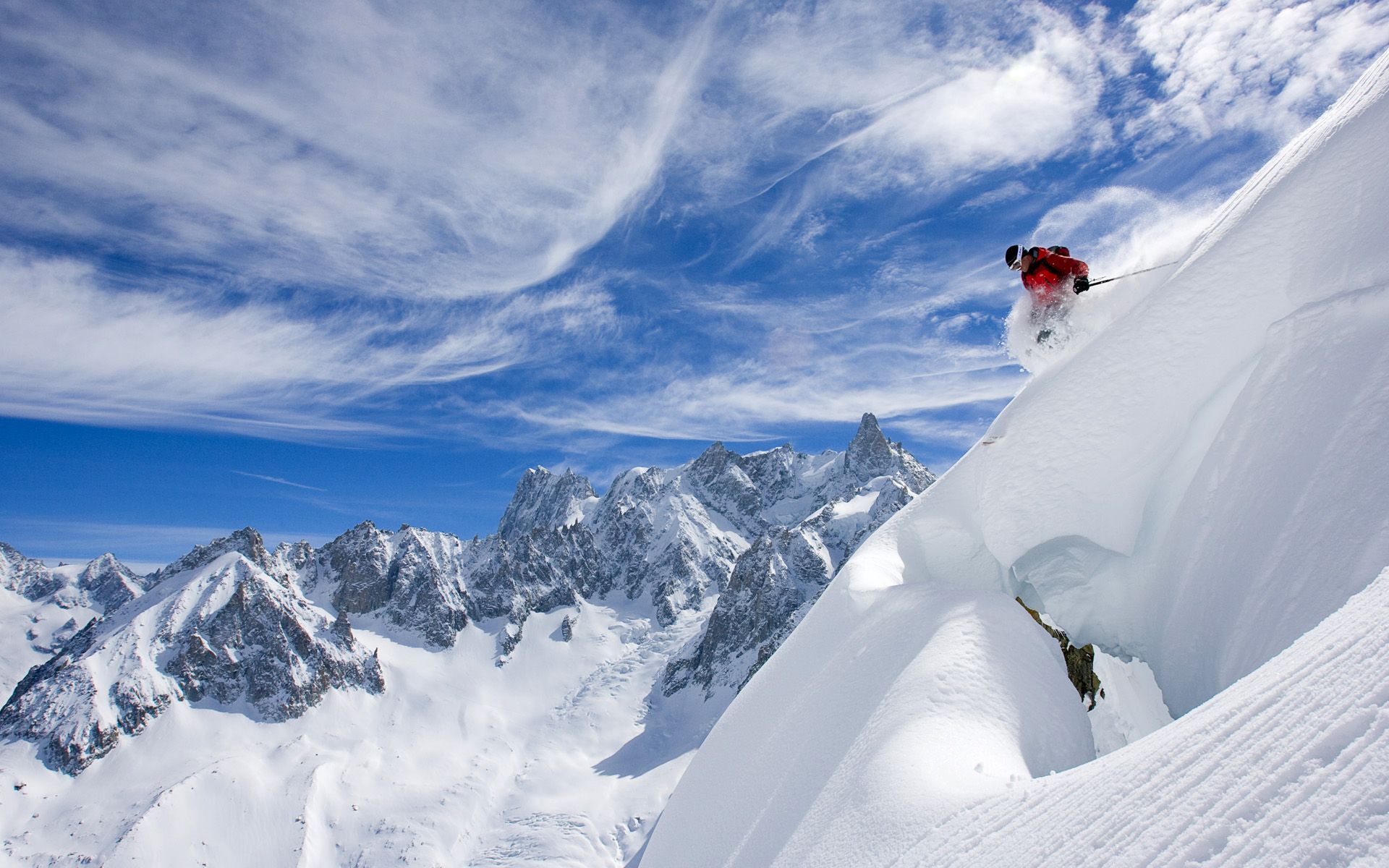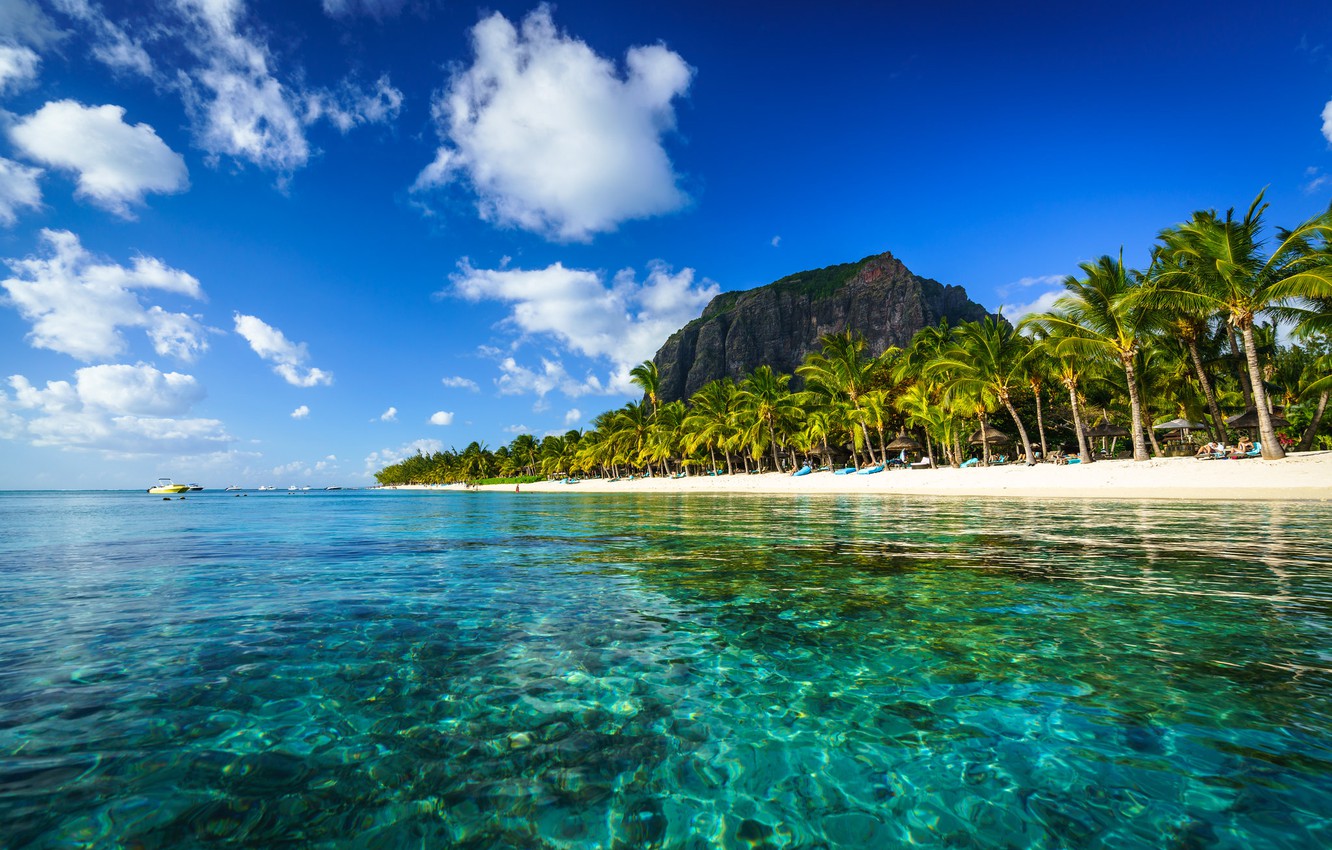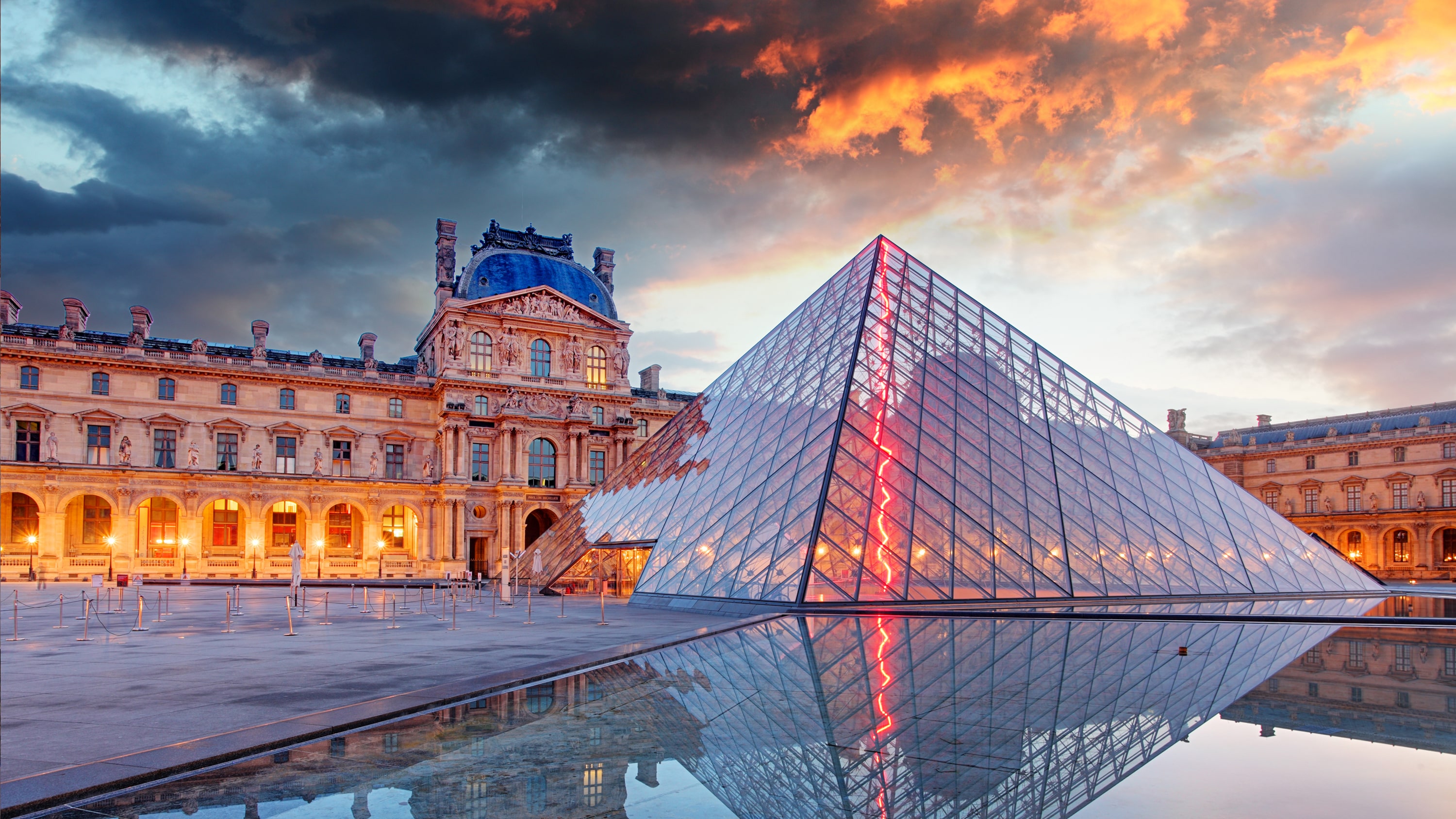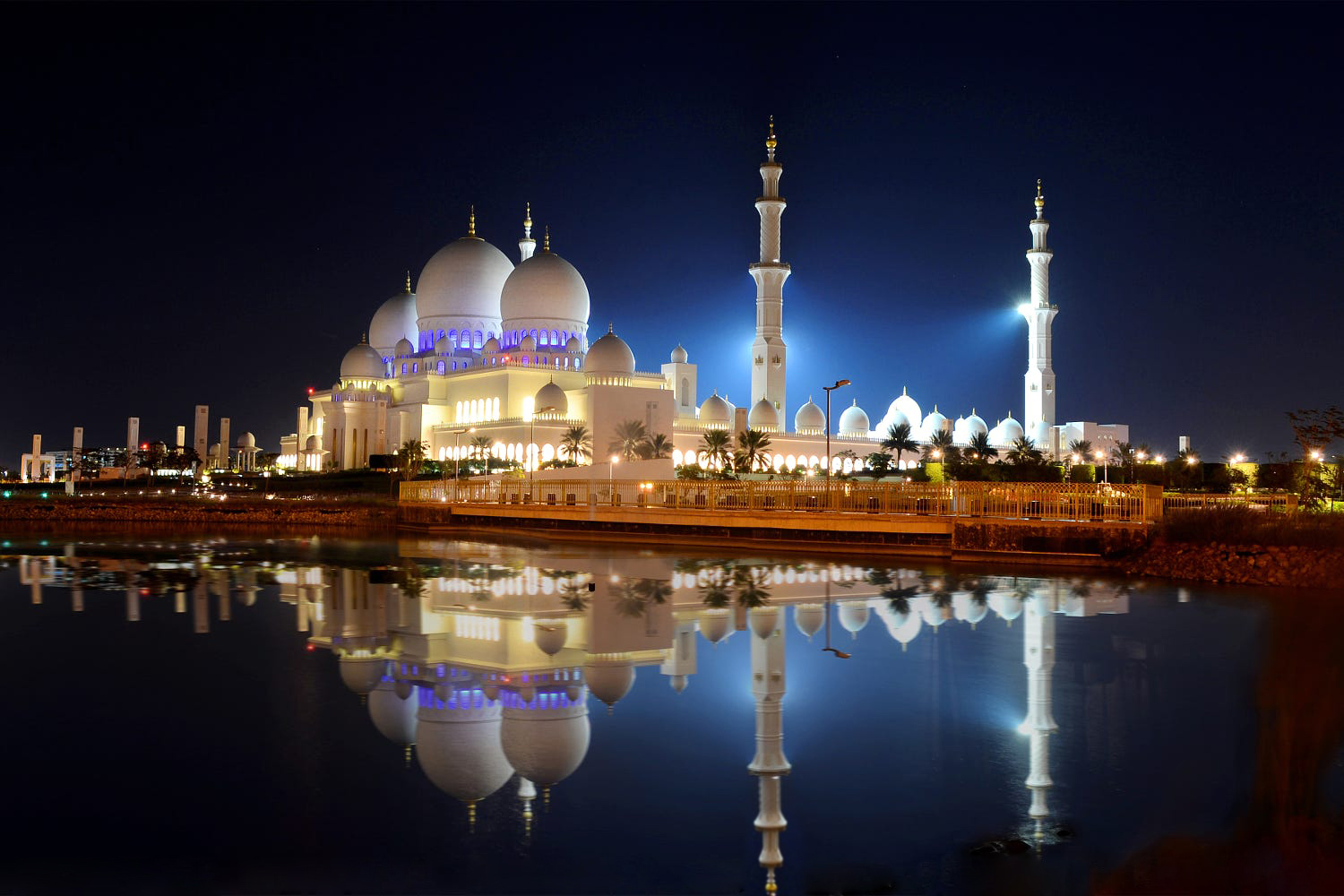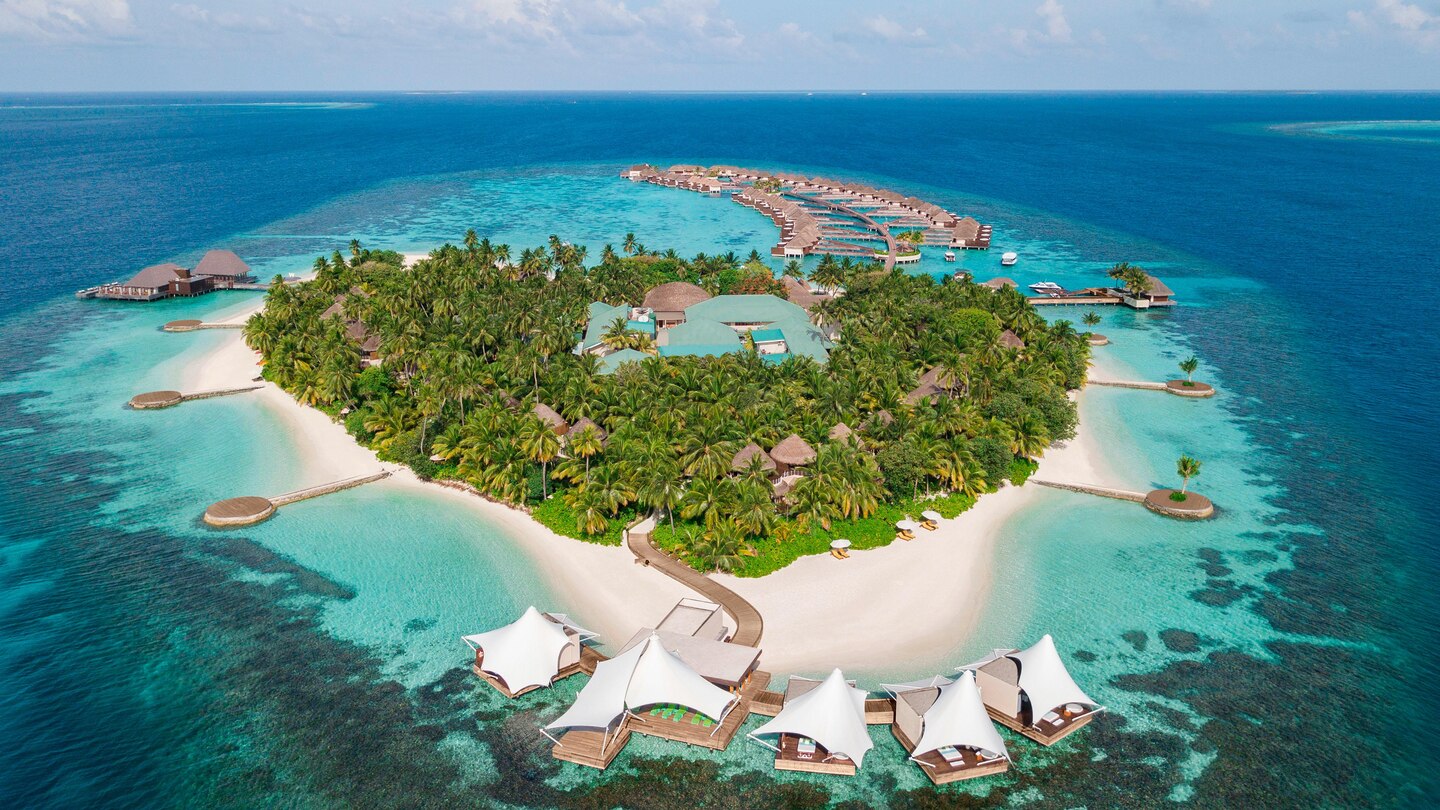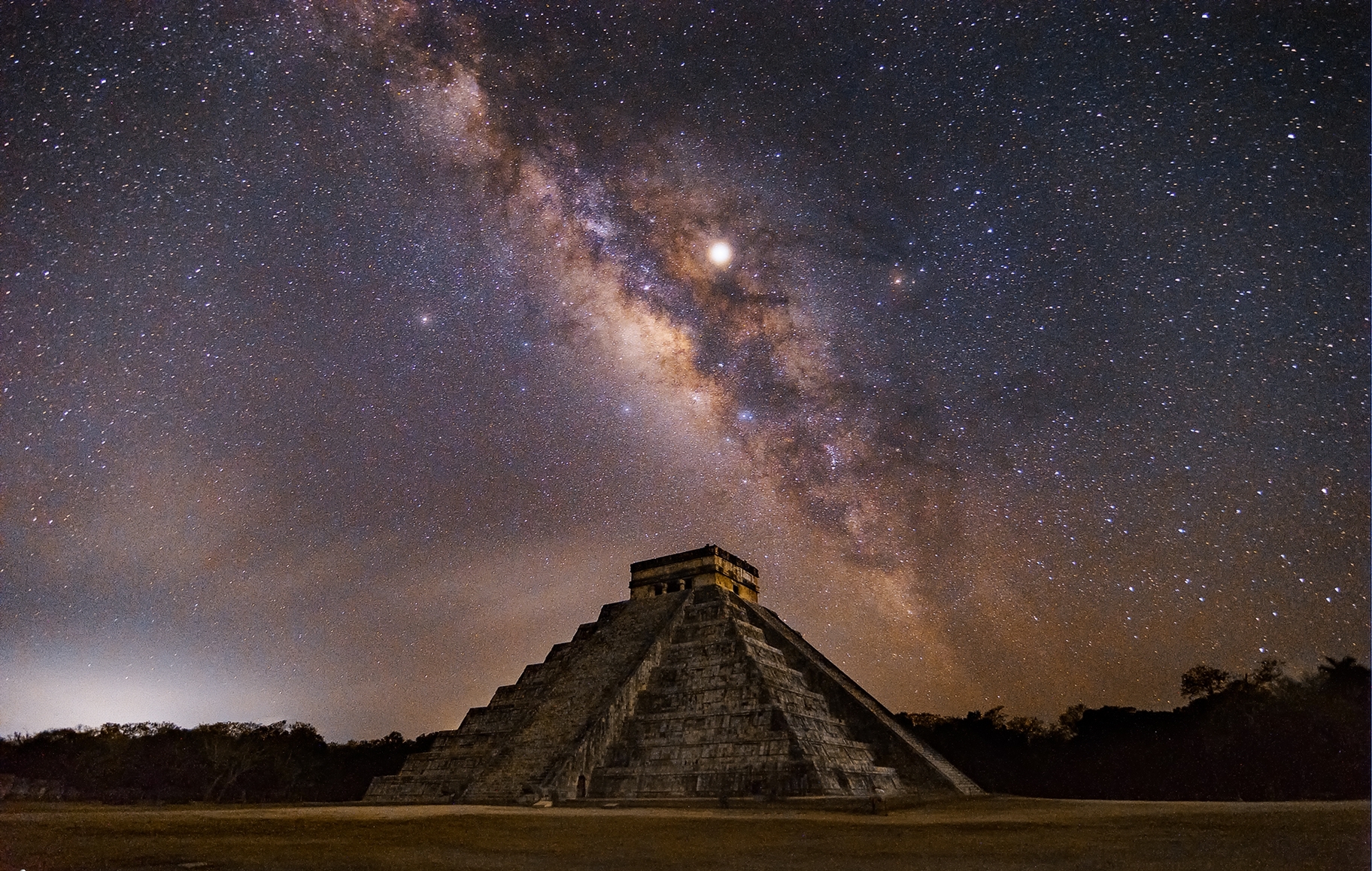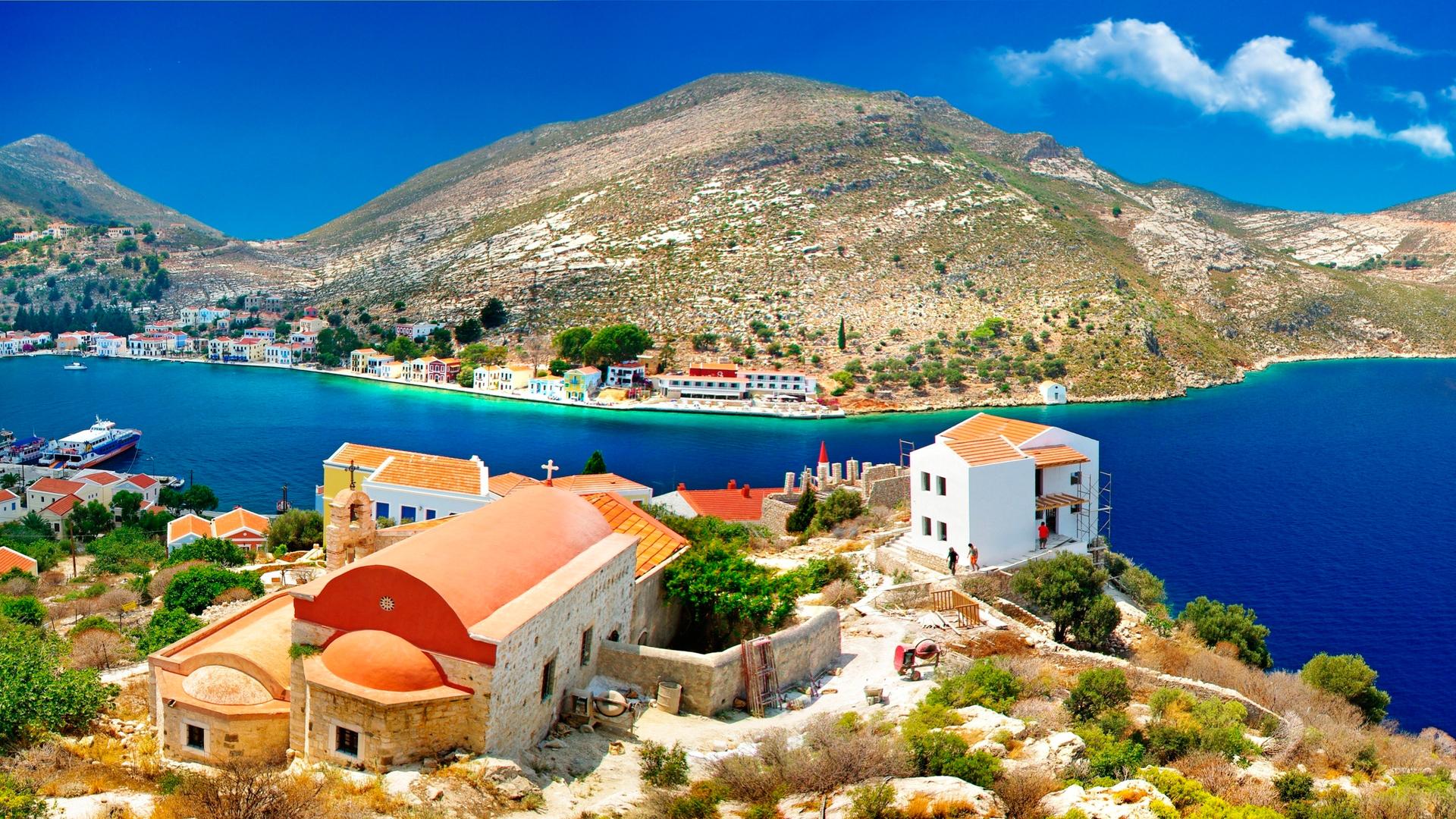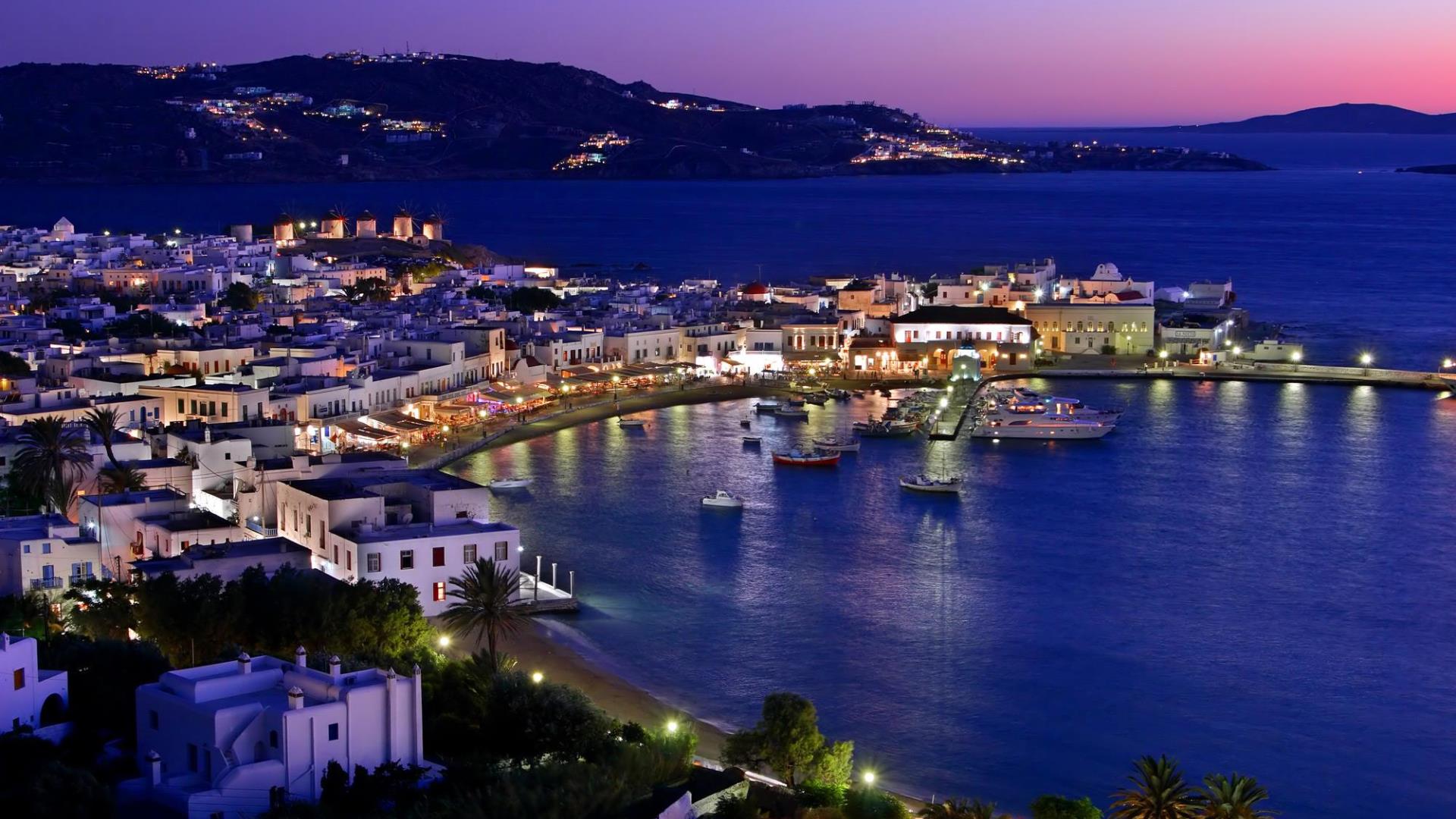Holidays in Versailles
Versailles, the capital of the Seine-et-Oise department, is located 17 km from Paris and is a suburb of Greater Paris.
Versailles is the most dazzling jewel of France, its largest palace.
The history of this city of palaces and parks began in 1624, when Louis XIII ordered the construction of a small hunting lodge there, which was later expanded and renovated by Louis XIV. Here, under the direction of architects such as Le Vau, Hardouin-Mansart, and Le Nôtre, the magnificent Chateau de Versailles, the Grand and Petit Trianon palaces, and a vast formal park of fantastic beauty were built. The Sun King, fleeing the Parisian riots, moved the royal court here in 1682. From that year until October 6, 1789, Versailles experienced its most brilliant period, dazzling all of Europe with its splendor and magnificence. After Louis XVI and his family returned to Paris in 1789, the abandoned palace of Versailles fell into disrepair. In 1837, Louis Philippe restored the château and converted it into the Museum of the History of France. In 1870, the coronation of the German Emperor Wilhelm of Prussia took place in the palace. Then, in 1875, the Republic was proclaimed here, and in 1919, the Treaty of Versailles, a peace treaty with Germany, was signed.
MAIN ATTRACTIONS
The Palaces of Versailles.
The main palace complex, the residence of the royal family, is a fine example of French classicism.
The spacious semicircular Place d'Armes offers a magnificent view of the palace with its three successive courtyards: the Court of the Ministers, at the back of which is an equestrian statue of Louis XIV; Then comes the Royal Court, accessible only to royal carriages, and finally the third and final courtyard, known as the Marble Court, surrounded by the ancient buildings of Louis XIII's hunting lodge, where red brick juxtaposes white stone.
The palace's eastern façade, stretching 680 meters, is the most famous and undoubtedly the most beautiful. It can be admired by passing through a gallery from the Royal Court.
Inside, the main palace consists of a suite of halls, the dominant theme of which is the pantheon of Greek gods. The sumptuous rooms are richly decorated with marble, velvet, and wood carvings.
The main attractions here are the Royal Chapel, the Salon of Venus, the Salon of Apollo, and the Hall of Mirrors, or Mirror Gallery, whose 17 enormous mirrors, positioned opposite tall windows, fill the space with light, visually expanding the walls. Be sure to visit the Opéra, created by Gabriel in 1770 for the wedding of Louis XVI and Marie-Antoinette: the oval-shaped room is decorated with gilded wood carvings on a blue background.
The glory of French arms is immortalized in the Gallery of Military Battles, whose walls are hung with 30 epic paintings dedicated to the triumph of French arms. Busts of 82 military leaders line the walls, and the names of the heroes are engraved on 16 bronze plaques.
A visit to the Main Palace Complex is definitely worth a full day; otherwise, it's difficult to truly experience and capture this unique atmosphere of luxury and nobility.
The Grand Trianon, a beautiful pink marble palace, was built by Louis XIV for his beloved Madame de Maintenon. The monarch loved to spend his free time here. Later, the palace was home to Napoleon and his second wife.
The Petit Trianon was another love nest built by King Louis XV for Madame de Pompadour. The Petit Trianon was later occupied by Marie Antoinette, and even later by Napoleon's sister. The nearby temple of love is said to have been Marie Antoinette's favorite place for soirees.
The Gardens of Versailles
The gardens of Versailles became a role model for many European monarchs, enchanted by their beauty. Not pretentiousness or pomp, but elegance and a sense of beauty inspired Ménôtre, who created this prototype of a French formal garden from 1661 to 1668. The strict geometric outline of the alleys is richly decorated with paintings—flower beds, fountains, and sculptural groups. The Grand Canal, stretching for almost 6 kilometers, intersects with the Petit Canal in the center of the park.
Be sure to admire the enormous Fountain of Apollo, where Tuby depicted the chariot of the ancient god, drawn by four horses, which emerge regally and swiftly from the water, and tritons blow their shells, announcing the god's approach.

